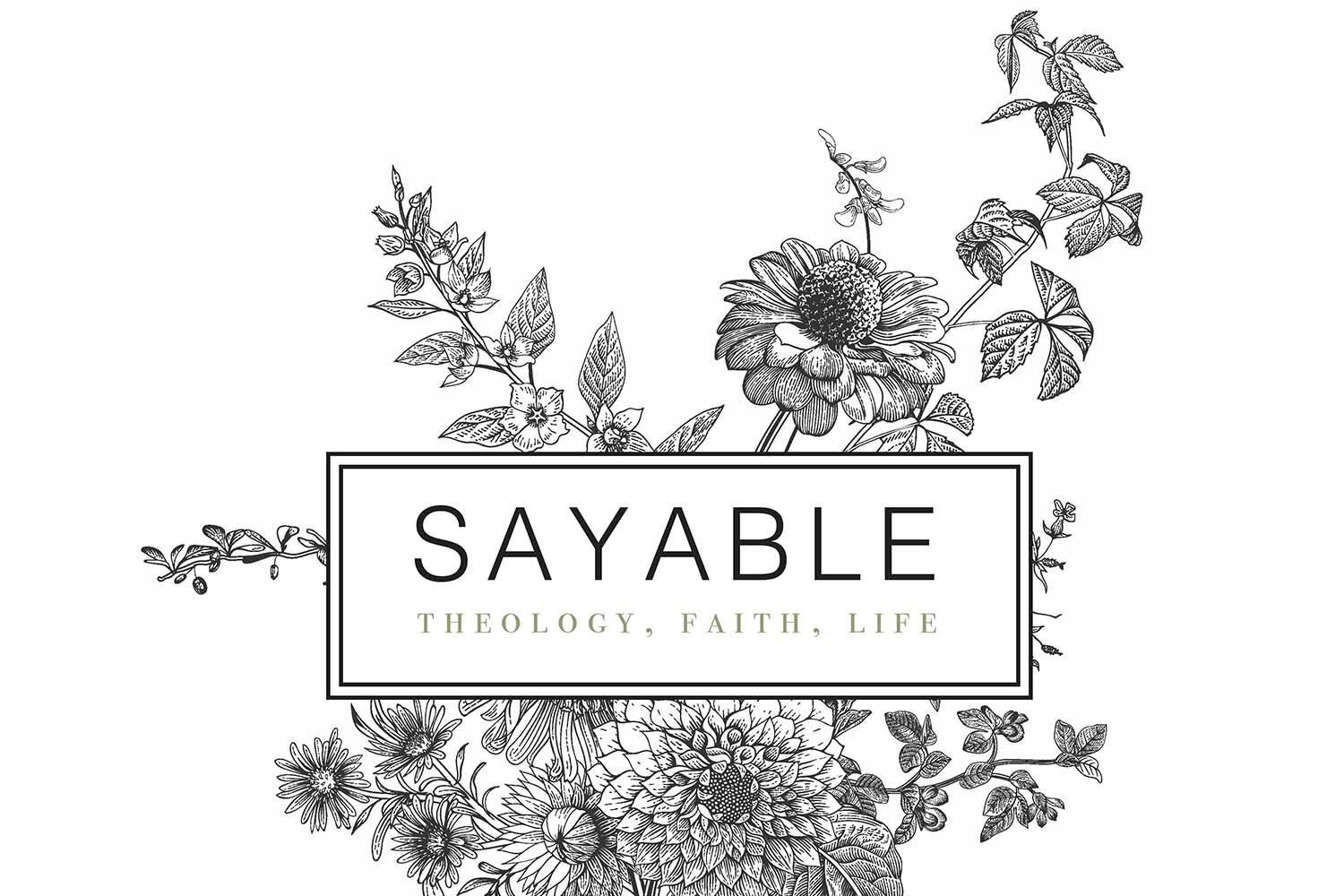BY DESIGN
My great-grandfather was an artist and so was my grandfather, and my father, when he took a pencil to napkins in restaurants or bic pens to paper in our kitchen, he was an artist too. He, like all parents of burgeoning children, thought me an artist too, but I felt that every sparse compliment was his way of taking ownership over me: this is mine, I created her and now she creates too. And so I stopped drawing.
I still inked in margins and doodled on homework, but the real work of artistry happened in my head where it would be safe from the gift of DNA and genetics. I am stubborn like this.
I was in middle school when my father left his position of 25 years to work as an entrepreneur, a graphic artist. I couldn't understand work being a calling or working at your gift because work, to me, was laborious and had little reward. My parents were always into hard work and never into allowances, both models which I am grateful for now, but despised then.
"You could do this too, you know," he would tell me and I would shrug my shoulders.
He had boxes of paper samples and a fanned book of colors with codes I didn't understand, but I was secretly fascinated by it all. Sketches of designs and type and programs he left open on his computer—all of it some secret world into digital design. This was 1992 or 1993 and he was just starting out, so his tools were crude, but his creations were not.
I remember the first design of his that I saw in the real world, a car-dealership logo on a highway in Upper Bucks County. I knew all the headache and pain and frustration and fears that had gone into that logo and I knew that though the rights no longer belonged to him, the artistry did.
In college I was the senior editor of our literary magazine, a 100 page annual of the finest our English and Arts departments could offer up on the altar of narcissism. I was the editor because I was a hard worker and a good writer and our faculty liked that about me, but I knew next to nothing about layout or design. It was the first time I touched the digital tools that had come so far in only a decade, since my father was towing the line of graphic art.
I spent hours on those programs, aligning margins, editing content, placing objects and that semester I also took a class in digital illustration. I found the classes easy and intuitive, a creative outlet from the technical writing and literary analysis I was spending the bulk of my time doing. The design lab was a secret and dark room, special permission only and I was let in—they let me in.
The following semester I took a class in painting and somehow became friends with the professor, a young, brooding artist who pushed my skills from flat, boring still-lifes to my real love, mixed media with a message. I illustrated my favorite Flannery O'Connor story and gave the finished product to my mother for Christmas. I rarely go to Florida, where she lives, so I haven't seen it since.
I finished college, picking up enough art classes for a minor, though graduated with plans to only write for the rest of my life. But DNA is a hard beast to beat and now it is my desk that holds paper samples and a fan-book of Pantone color codes, my pens and pencils inking sketches on notebook papers.
The truth is that I design, though I am only marginally good at it, because to do what I really want to do is too fearful a step to take. Sometimes I think about my dad, who quit after 25 years to pursue a dream and a gift and I wonder if I will ever be as brave as him to stop doing what I accidentally discovered I could do, and to start doing what I know I was born to do.

